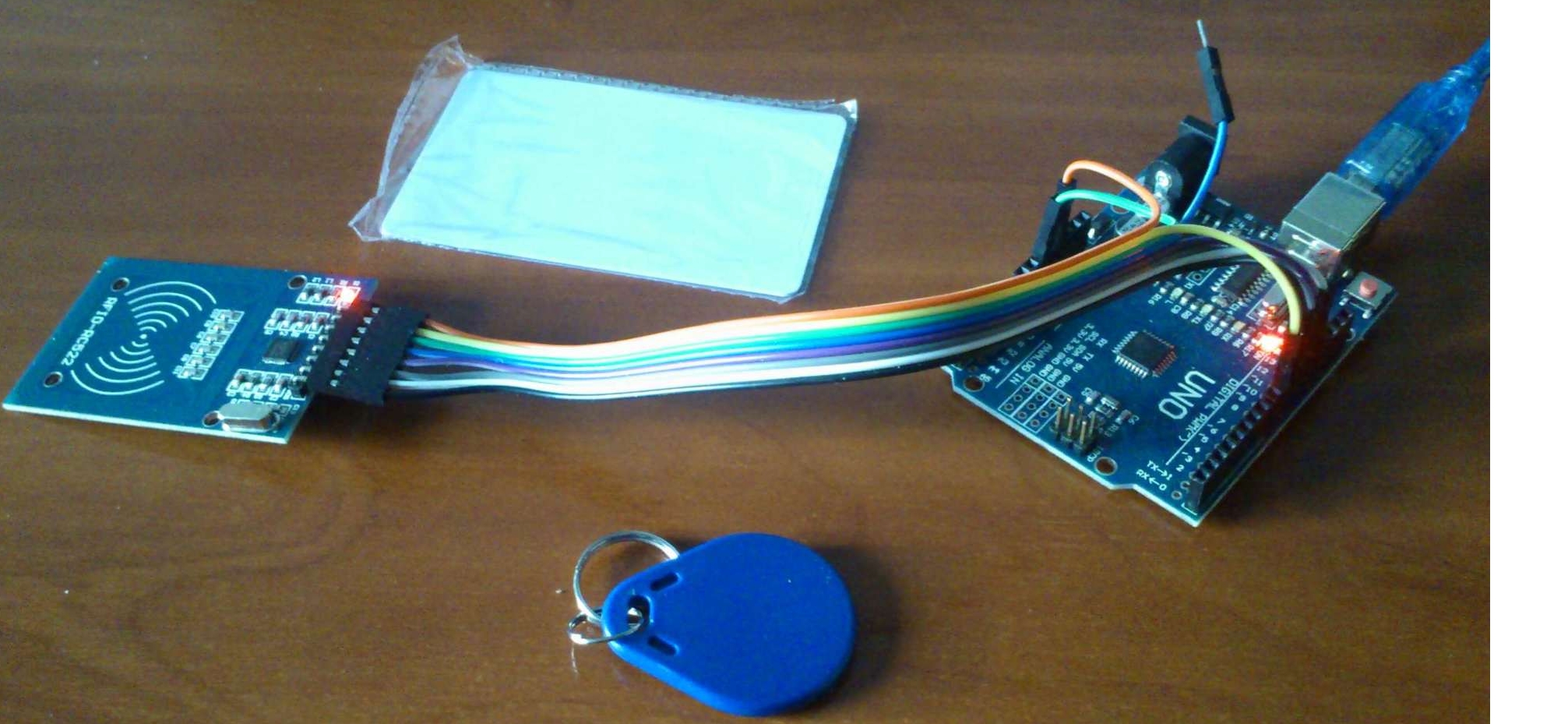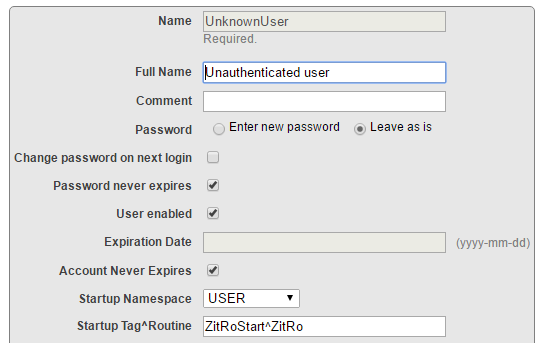In part 1, part 2, and part 3 parts of this series we set up three user types. In part 4 we saw how to secure model elements and DeepSee items. In this last part of the tutorial we conclude with some remarks on DeepSee security and troubleshooting tips. In particular, we see how pivot tables in User Portal can be "hidden".




 In the
In the 